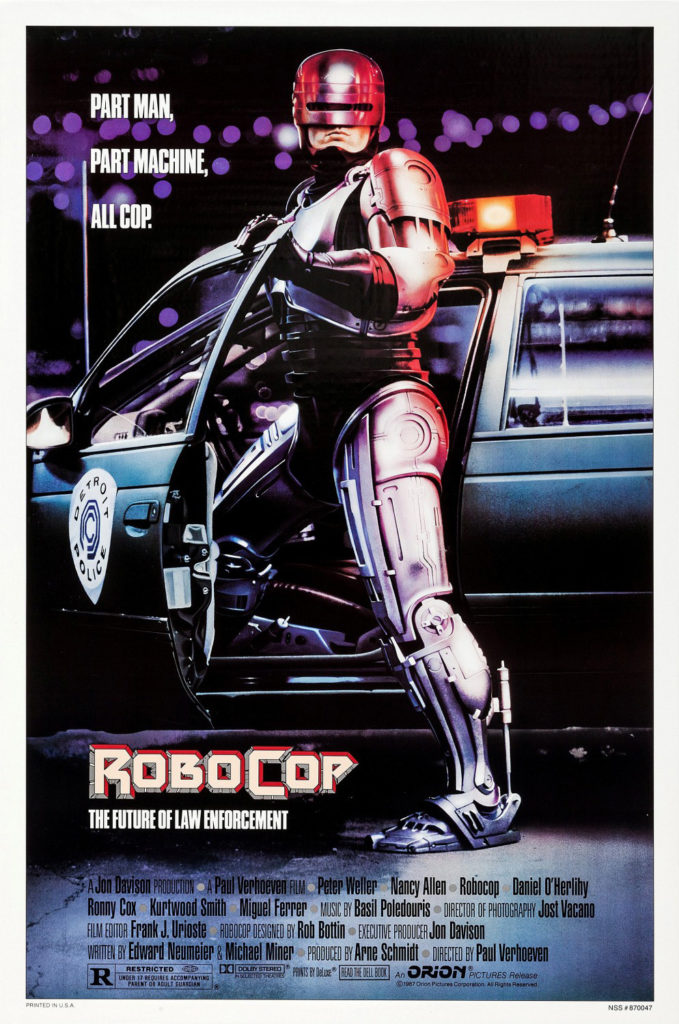Groo the Wanderer...oops, I mean Conan the Destroyer, is the sequel to Conan the Barbarian. Conan the Barbarian represented just about all that was good about the adventure story, even though at times it felt unmercifully cheap. But, my goodness, did it have style. Conan the Destroyer wasn’t a slack-jawed effort at making a sequel, but it was enough of a cash grab that most of what made its predecessor so good has been excised. And it’s a subtle difference. Conan the Destroyer has big guys with swords and axes, exotic people and locales from a mythological past, great shooting locations, and sets that look as if much time and effort were put into them, but it’s mere replica. Continue reading “Conan the Destroyer”
Some of Those Responsible: Basil Poledouris
Conan the Barbarian
John Milius must have a violence jones. That’s the only explanation for the films in which he’s played a pivotal part. He wrote Apocalypse Now, which turned war into hallucinatory spectacle, wrote and directed Red Dawn, considered by some at the time to be the most violent film ever made (no, it was not), and wrote and directed Conan the Barbarian, which really was the most violent film ever made at the time. I remember my first encounter with Conan the Barbarian. It was late one night when I was very young. I was supposed to be in bed, but from downstairs, I heard the television. Great clashes of bombastic music and the sounds of screaming warriors made their way up the steps, and I had to see what craziness the old man was watching. I should have known better. Continue reading “Conan the Barbarian”
Robocop (1987)
 Dystopian future societies are the stuff dreams are made of. They are what grow from the seeds of our own decadence and shallowness. The moral bankruptcy, and sometimes outright horror, of the settings of films like Blade Runner, A Clockwork Orange, THX 1138, Escape from New York, and Soylent Green wouldn’t be possible if writers and directors didn’t look around them and see the lightning speed with which we throw ourselves into unknown futures, sometimes without regard for so many of the present realities which work so well and don’t need change. The ever-present message is that change, sometimes jarring change, is inevitable. Films that look to the future warily revolve around placing the viewer in the role of Rip Van Winkle. When the theater lights dim, the familiar world of today dissolves into the freak show of tomorrow. The overriding questions always being: Why are the people onscreen comfortable with this? Why doesn’t everybody see how wrong things are?
Dystopian future societies are the stuff dreams are made of. They are what grow from the seeds of our own decadence and shallowness. The moral bankruptcy, and sometimes outright horror, of the settings of films like Blade Runner, A Clockwork Orange, THX 1138, Escape from New York, and Soylent Green wouldn’t be possible if writers and directors didn’t look around them and see the lightning speed with which we throw ourselves into unknown futures, sometimes without regard for so many of the present realities which work so well and don’t need change. The ever-present message is that change, sometimes jarring change, is inevitable. Films that look to the future warily revolve around placing the viewer in the role of Rip Van Winkle. When the theater lights dim, the familiar world of today dissolves into the freak show of tomorrow. The overriding questions always being: Why are the people onscreen comfortable with this? Why doesn’t everybody see how wrong things are?
Simply put, because that’s how things in the future work. People in the future grow up among the bizarre, things we wouldn’t recognize, as though these were the normal conditions of existence, rather than a manufactured reality that mankind has created for itself. The irony is, of course, that we, in real life, away from the fantasies of Hollywood, live like these silver screen wraiths, embracing the fast pace of technological advance, throwing off the yoke of millennia of human history to embrace the dictates of the electronic age. Implicit in films that depict the future is that civilizational advance is a given, destroying the ways and mores of the past, creating something unrecognizable to those who weren’t witness. This resonates because that is exactly how our ancestors would feel would they awake in today’s world. Continue reading “Robocop (1987)”
